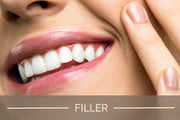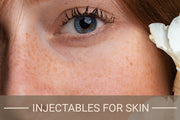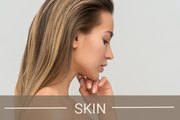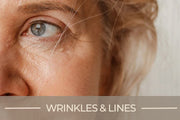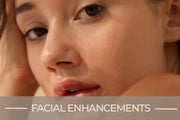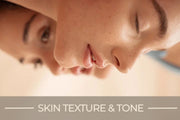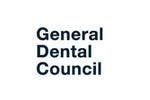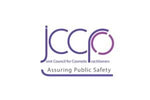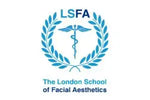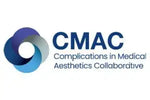What Not To Do 24 Hours after Botox?
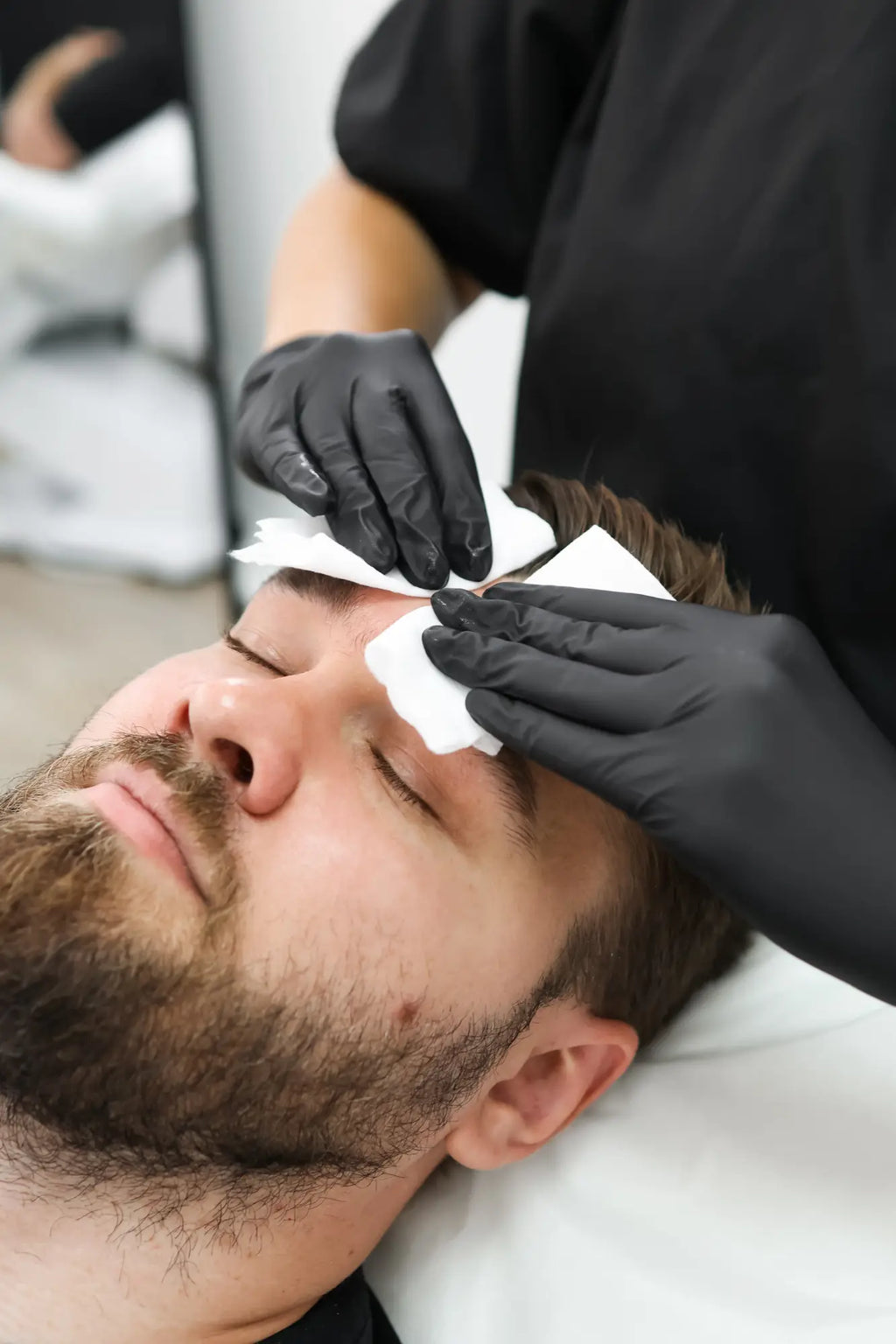
Content Verification

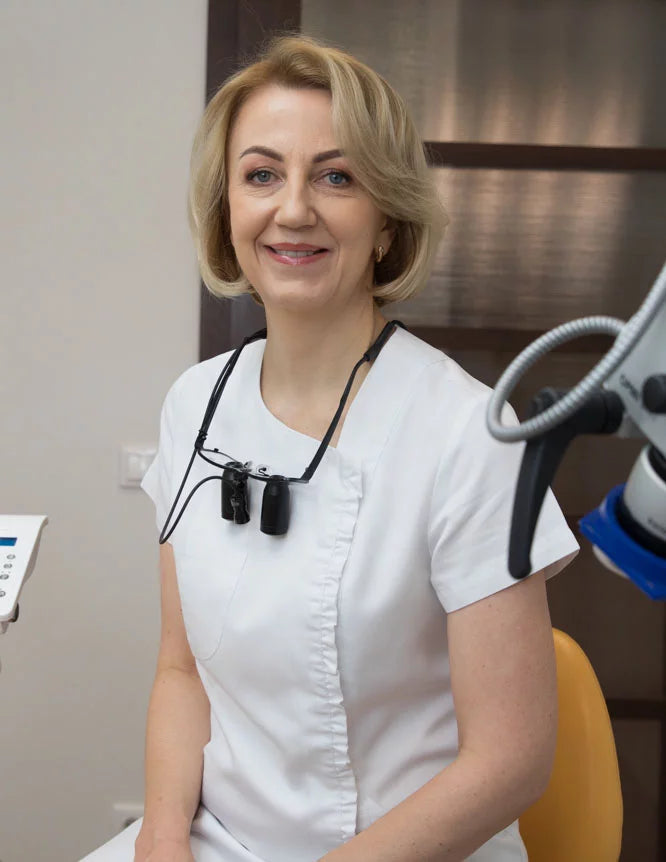
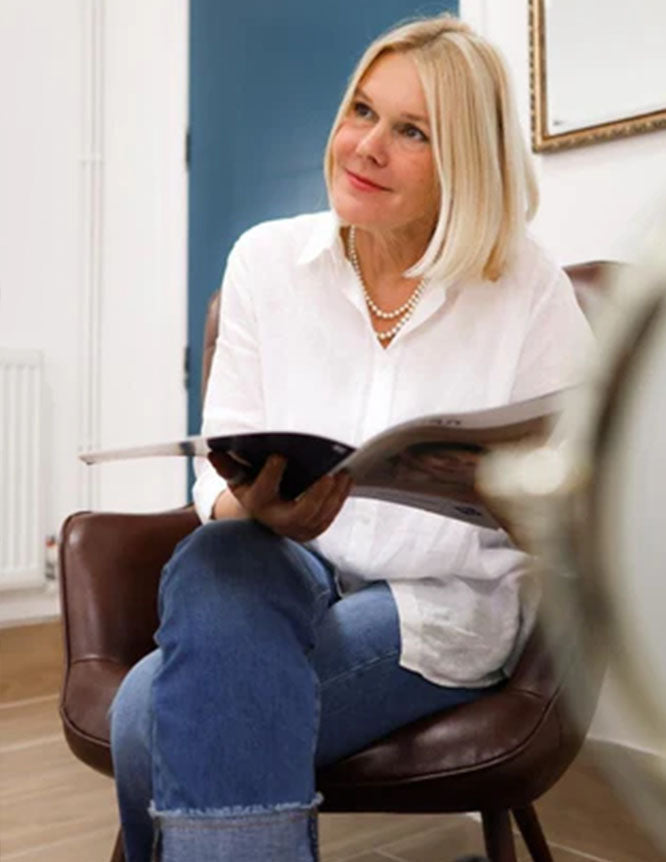
🔍 Quick Bites from the Article 🍰
- ✅ Key Point One: A brief and snappy description.
- 💡 Key Point Two: Another important takeaway.
- 🚀 Key Point Three: Something else you shouldn't miss.
🎓 Top Tips from Our Experts 🧠
- 📌 Tip One: A valuable piece of advice.
- 💬 Tip Two: Another expert recommendation.
- 🏆 Tip Three: Final words of wisdom.
Botox treatments have become a widely sought-after solution for reducing wrinkles and achieving a more youthful appearance. Known for their ability to smooth fine lines, Botox anti-wrinkle injections are a popular choice for those looking for effective anti-ageing treatments. Whether you’re considering Botox treatments in London or searching for “Botox near me,” understanding the aftercare process is vital to ensure the best possible results.
The hours immediately following your Botox injections are crucial, as certain actions can affect the treatment's outcome. Proper aftercare not only helps optimise the effects of Botox for wrinkles but also minimises the risk of unwanted side effects.
This article will guide you through what not to do within the first 24 hours after Botox, helping you make informed decisions for a smooth recovery. For a more in-depth look at overall aftercare, be sure to explore our comprehensive parent guide, Botox Injections Aftercare. By the end, you’ll have expert-backed tips to support the longevity of your treatment results.
Why Proper Aftercare is Crucial
Botox anti-wrinkle injections are a popular cosmetic treatment used to reduce the appearance of fine lines and wrinkles. These injections work by temporarily relaxing the muscles responsible for facial expressions, which in turn smooths the skin and prevents the deepening of wrinkles over time.
The first 24 hours following a Botox treatment are a critical window for ensuring the best possible results. During this time, the injected solution is still settling into the targeted muscles. Improper care or certain activities can interfere with this process, potentially leading to uneven results or unwanted side effects.
Dr. Laura Geige, Medical Director and Senior Practitioner from It’s Me & You Clinic, stresses the importance of this period: "Post-treatment care is just as important as the procedure itself. Taking the right precautions within the first 24 hours can significantly impact the overall success of the treatment."
By understanding why aftercare matters and avoiding certain actions, you can help maximise the effectiveness of your Botox anti-ageing treatment and minimise the risk of complications. The rest of this guide will outline specific actions to avoid, ensuring a smoother recovery.
What Not to Do After Botox
Proper aftercare is key to achieving the best results from Botox anti-wrinkle injections. While the treatment itself is minimally invasive, the first 24 hours require careful attention to ensure the Botox settles effectively and complications are avoided. Below are specific actions to steer clear of during this critical period.
Don’t Touch or Rub the Treated Areas
It can be tempting to touch or massage the areas where Botox injections were administered, but this is one of the most common mistakes to avoid. Rubbing or applying pressure to the treated areas can disrupt the precise placement of the Botox, potentially spreading it to unintended muscles and causing uneven results.
Dr. Snieguole Geige, a dentist and medical doctor, explains: "Touching or massaging the treated areas may lead to the Botox diffusing to neighbouring regions, which can alter the intended outcome of the treatment."
To ensure optimal results, avoid applying skincare products or makeup to the treated areas for at least 24 hours. Let the Botox settle naturally into the targeted muscles.
Avoid Strenuous Activities and Exercise
Exercise and other strenuous physical activities should be avoided within the first 24 hours of receiving Botox. Increased blood flow during exercise can interfere with the distribution of the treatment and may contribute to swelling or bruising.
Elisabeth Leclerc, a fashion expert who frequently works with medical professionals, highlights:
"Staying active is important, but after beauty treatments like Botox, it’s best to prioritise rest to ensure the treatment works as intended."
Light activities such as walking are fine, but it’s best to hold off on high-intensity workouts, yoga, or other vigorous movements until at least the next day.
Steer Clear of Alcohol and Blood-Thinning Substances
Avoid consuming alcohol or taking blood-thinning substances like aspirin or ibuprofen within the first 24 hours after Botox. These substances can increase blood flow and make you more susceptible to bruising or swelling at the injection sites.
Dr. Giedre Narkiene, a medical doctor specialising in dermatology, advises:
"To minimise side effects such as bruising, it’s best to avoid alcohol and medications that thin the blood for at least a day before and after the procedure."
Stick to non-alcoholic beverages and consult your practitioner about alternative medications if needed.
Avoid Lying Down for Several Hours
Lying flat immediately after Botox injections can increase the risk of the product migrating to unintended areas. This can result in uneven distribution and compromise the desired results.
Dr. Rimas Geiga, a medical doctor and clinic nutritionist, recommends:"It’s best to remain upright for at least four to six hours post-treatment. This allows the Botox to settle into the targeted muscles without interference."
If you’re feeling tired, try to rest in a seated or reclining position instead of lying flat.
Stay Away from Heat and Sun Exposure
Heat, whether from the sun, saunas, or hot showers, can increase swelling and redness after Botox injections. High temperatures can also potentially irritate the treated areas, making it harder for the Botox to settle properly.
Avoid prolonged sun exposure, tanning beds, steam rooms, or any other sources of intense heat for at least 24 hours. Wearing a wide-brimmed hat or staying indoors can help minimise exposure to UV rays, protecting your skin during the healing process.
Additional Expert Tips for Optimal Botox Results
Beyond avoiding certain activities, there are additional steps you can take to maximise the effectiveness of your Botox anti-ageing treatment. Following expert recommendations can help you achieve smoother recovery and optimal results tailored to your needs.
Follow Your Practitioner’s Specific Instructions
Every individual’s skin and muscle structure are unique, so aftercare advice may vary. Always prioritise the instructions provided by your practitioner, as these will be based on your specific treatment plan and medical history. Dr. Laura Geige emphasises:
"Your practitioner understands the nuances of your treatment and will provide tailored advice to help you achieve the best possible outcome."
Keep Your Head Elevated When Sleeping
For the first night after treatment, consider sleeping with your head slightly elevated. This can help minimise swelling and reduce the risk of the Botox migrating to unintended areas.
Stay Hydrated and Maintain a Healthy Diet
Proper hydration supports your skin’s recovery and helps maintain overall skin health. Dr. Rimas Geiga advises: "Adequate hydration and balanced nutrition play an essential role in supporting skin healing and enhancing the effects of Botox treatments."
Avoid Using Skincare Products with Active Ingredients
For at least 24 hours, refrain from using skincare products that contain strong active ingredients, such as retinoids, glycolic acid, or salicylic acid. These can irritate the skin and disrupt the healing process. Opt for gentle, hydrating products instead.
Be Patient with Your Results
It’s important to remember that the full effects of Botox for wrinkles typically take up to 7-14 days to become visible. Dr. Giedre Narkiene reminds patients: "Patience is key. Your final results will gradually emerge, so avoid over analysing the treated areas in the first few days."
By following these expert tips, you can ensure a smoother recovery and enjoy the full benefits of your Botox treatments. Always consult your practitioner if you have concerns or questions during the aftercare period.
How to Find a Trusted Practitioner
Choosing the right practitioner is crucial for ensuring safe and effective Botox treatments. A qualified and experienced professional will not only perform the procedure with precision but also provide the necessary aftercare guidance to optimise your results.
When searching for a clinic, consider factors such as the practitioner’s credentials, their experience in administering Botox anti-wrinkle injections, and patient reviews. Dr. Snieguole Geige highlights: "A trusted practitioner should have relevant medical qualifications and a thorough understanding of facial anatomy to deliver safe and tailored results."
If you’re looking for Botox treatments in London or searching online for “Botox near me,” start by researching reputable clinics in your area. Look for clinics that specialise in anti-ageing treatments and have a proven track record of delivering high-quality care. Don’t hesitate to ask for a consultation to discuss your goals and ensure you feel comfortable with the practitioner’s approach.
Remember, a trustworthy clinic will prioritise your safety, provide clear information about the procedure, and address any concerns you may have before treatment. Taking the time to find the right practitioner is a critical step in achieving the results you desire.
The Bottom Line
The first 24 hours after Botox injections are critical for ensuring the best possible results. By avoiding actions such as touching the treated areas, engaging in strenuous activities, consuming alcohol, and exposing your skin to heat, you can optimise the effects of your treatment while minimising potential complications.
For a more comprehensive overview of aftercare, we encourage you to explore our parent article on Botox Injections Aftercare. Always consult a qualified practitioner for personalised advice tailored to your unique needs. Proper care and guidance are essential for achieving safe and satisfying results.
Disclaimer: This article is for informational purposes only and should not replace professional medical advice. Please consult your doctor or a qualified medical practitioner for individual guidance.
